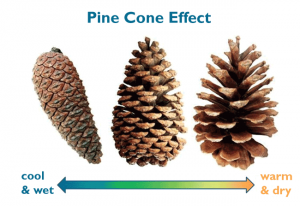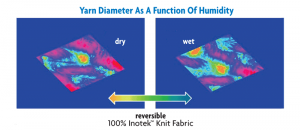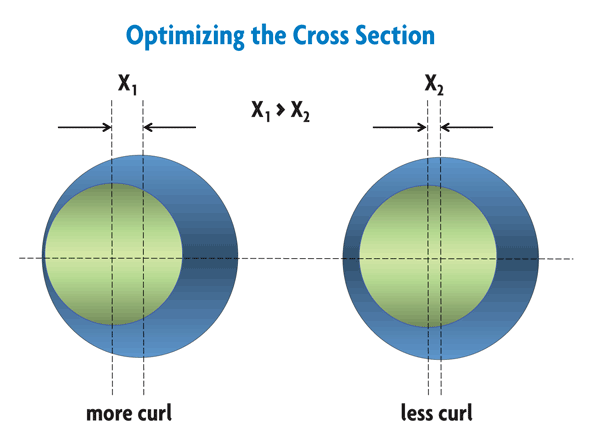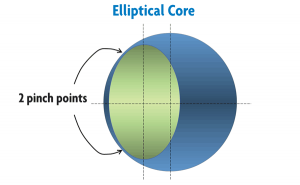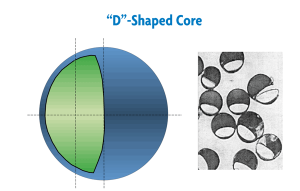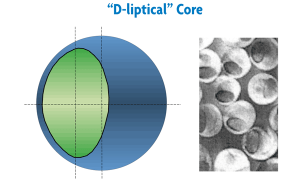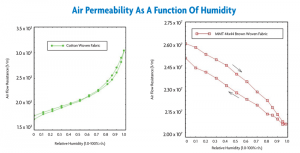TORONTO — July 18, 2016 — Marilyn Tam, former senior executive of Reebok and Nike, top leadership speaker, entrepreneur and co-author of the just-released book, Soul Over Matter, is on a mission to ensure today’s global business world is armed with the information it needs to continue to make good, socially responsible choices and avoid a repeat of past mistakes. Her rise to the top of the apparel sourcing industry was meteoric, but she will never forget her humble beginnings as a child labourer in Hong Kong, making plastic flowers and embroidering needlepoint handbags.
Tam will share her experiences and trade secrets as keynote at the upcoming Apparel Textile Sourcing Canada (ATSC) show – making its debut in Toronto, August 22-24 at the International Centre. She will be one of dozens of leading acclaimed international and Canadian industry and government experts over the three days of conference sessions who will provide visitors with valuable insights and up-to-date information needed to more easily and effectively navigate through the sourcing process, including merchandising, marketing, e-commerce, compliance and trade agreements.
ATSC is a first-of-its-kind event for Canada, bringing together hundreds of apparel and textile manufacturers from around the world, including China, India, Bangladesh, Mexico, the U.S., Honduras, Peru, Japan, Taiwan and other countries. Delivering an unprecedented platform for making global industry connections, the event will feature 200 international exhibits showcasing a wide variety of merchandise, from everyday apparel, professional clothing and leisure wear, to carpets, linens and towels, to fashion accessories, hats and socks. A unique matchmaking service for apparel and textile buyers and sellers will also be provided by leading business trade platformsTopTenWholesale.com and Manufacturer.com.
In her keynote (Tuesday, August 23, at 10:30 a.m.), Tam will send a strong reminder that child labour, sub-standard wages and deplorable working conditions still exist in some places and that those responsible for global sourcing need ask the right questions of suppliers to protect both their corporate reputation and bottom line. Drawing on her own experiences helping to establish and reform labour laws, as well as taking the initiative to demand positive changes in industry standards for apparel factories while at the helm of Reebok, Tam will share important lessons learned throughout her remarkable career.
“Many people hear the word ‘ethical’ but they don’t really know what that means,” Tam said. “How are suppliers disposing of waste? Do they sub-contract? These are questions we need to be investigating. We need to band together as retailers, manufacturers and suppliers to make sure our industry is above board and doing things that really serve the greater good.”
Additional ATSC conference highlights include:
- Monday, August 22, 8:00 a.m. – An expert panel moderated by Canadian Apparel Federation Executive Director Bob Kirke will examine world trends in responsible sourcing, including what to look for when choosing a destination to source from. It will feature two of the top executives from the foremost accredited organizations responsible for researching and certifying apparel and textile products around the world: Clay E. Hickston, Vice President of Strategy and Business Development for WRAP and Marc Sidler, Head of Marketing & Sales for TESTEX.
- Tuesday, August 23, 8:00 a.m. – A look at why it pays to be a member of Canada’s Least Developed Countries Program and how those benefits directly affect the Canadian apparel buyer.
- Tuesday, August 23, 10:00 a.m. – Avedis H. Seferian, President and CEO of Worldwide Responsible Accredited Production (WRAP) will provide insights into responsible sourcing, including tips to ensure social compliance is “baked into” a company’s normal course of doing business and not an after-thought.
- Tuesday, August 23, 11:30 a.m. – The demands of today’s consumers have changed. Jeff Streader, former Global COO of Billabong and Executive Consultant for American Apparel, Board Member of Worldwide Responsible Accredited Production (WRAP) and lecturer at the Fashion Institute of Design & Merchandising (FIDM) in Los Angeles, will illustrate how social media is changing consumer buyer habits and what that means for apparel manufacturers and retailers.
- Tuesday, August 23, 1:30 p.m. – An inside look at the benefits of the North American Free Trade Agreement (NAFTA) and why Canadian business should better utilize imports, presented by Rodrigo Contreras, Trade and Investment Commissioner of Mexico.
- Wednesday, August 24, 8:00 a.m. – A must-attend session for manufacturers planning to enter the U.S. market. Trish Concannon, Executive Director, Fashion Business Inc., outlines the factors to consider in selecting the right distribution channel and establishing final selling price.
- Wednesday, August 24, 9:30 a.m. – The fashion industry is undergoing one its biggest transformations in decades as retailers respond to the growing “see it now, want to wear it now” mindset of consumers. This session, presented by NGC Software’s Mark Burstein, will examine the secrets behind Zara’s amazing performance, and how the retailer benefits from lead time optimization.
Presented by JP Communications, parent-company to TopTenWholesale.com and Manufacturer.com, ATSC is supported by the Ottawa-based Canadian Apparel Federation (CAF), the Consulate General of the P. R. China in Toronto, the Trade Office of Peru, and exporting agencies ProMexico and ProColombia.
Posted July 18, 2016
Source: JP Communications

